Mexico has always been considered a very rich country in many different aspects, including pig farming. As a result, Mexico is one of the top pork-producing countries in the world. Today, Mexican pig farmers continue to produce some of the best pork in the world. As a result, Mexican pigs are highly sought after by both domestic and foreign consumers because of their quality and flavor.
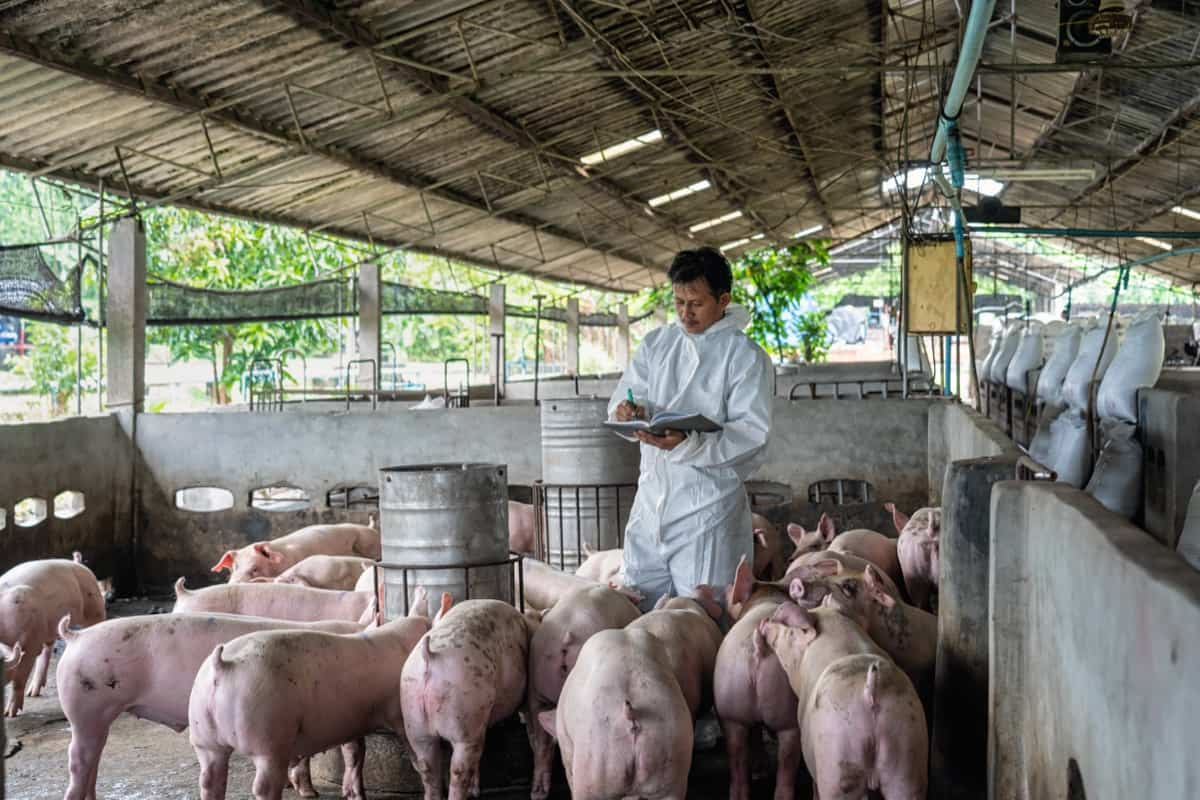
How to start pig farming in Mexico
Pig farming importance in Mexico
In Mexico, pig farming is a large and important sector of the agricultural economy. According to estimates, there are around 2.5 million pigs in Mexico, accounting for around 10% of the country’s total livestock population. Most of these pigs are kept on small farms, but there is also a significant amount of larger-scale pig farming in the country. It is a lucrative business with the potential for growth across all regions of the country.
One of the main reasons pig farming in Mexico is so important is that pork is the popular type of meat consumed in the country. Another reason pig farming in Mexico is growing rapidly is that it has become increasingly difficult to find land suitable for other types of agriculture. This has led many farmers to try their hand at pig farming, and so far, it seems to be a successful venture.
Requirements for pig farming in Mexico
Pig farming is one popular option, as it is environmentally friendly and produces high-quality meat. Mexico is one of the world’s leading pork producers and exporters. The country has a long tradition of raising pigs and is home to some of the most productive pig farms in the world. Pigs are raised for their meat and skin, which are used to make leather products.
Pig farming in Mexico mainly takes place in the country’s north-central region. The major production centers include San Luis Potosi, Hidalgo, Querétaro, Michoacán, and Morelos. The average size of a Mexican pork farm is around 2,000 animals. There are currently around 260,000 pigs being raised in Mexico. The country exports around 120,000 metric tons of pork annually.
In case you missed it: Key Rules to Improve Feed Conversion Ratio (FCR) in Sheep: For Profitable Sheep Farming
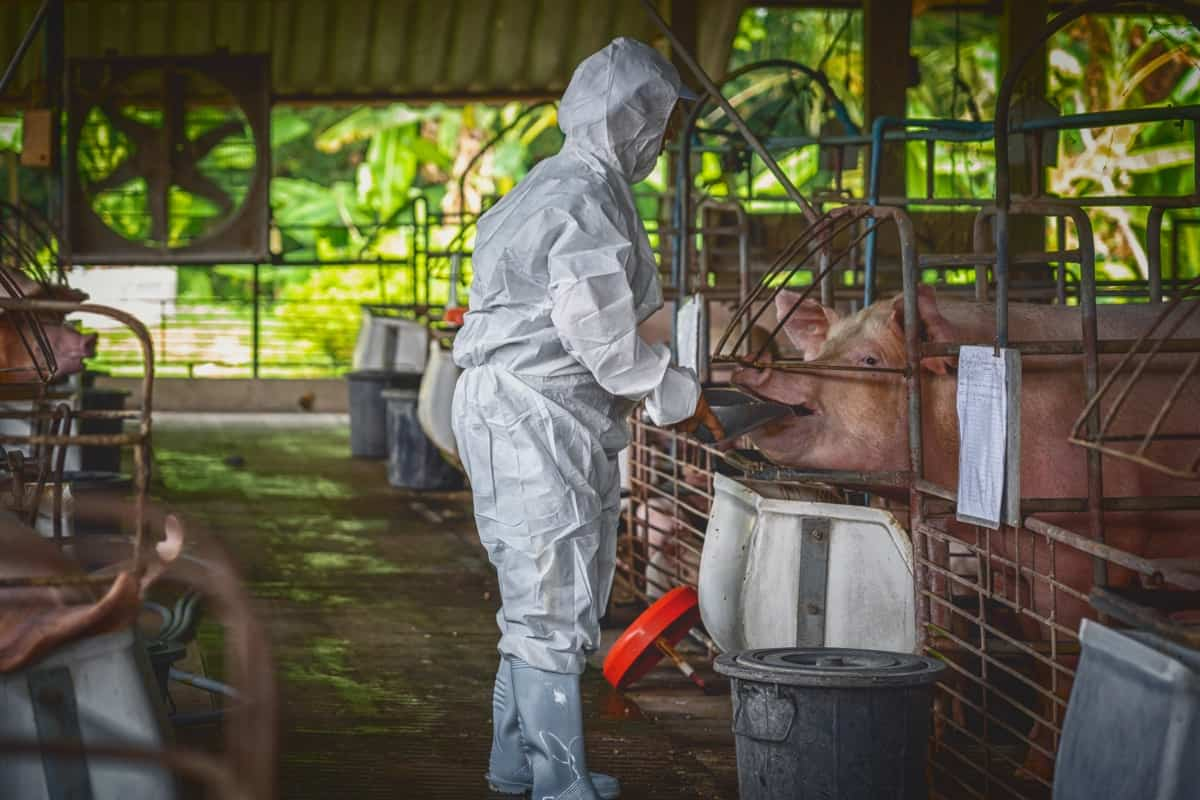
Small-scale pig farming in Mexico
Mexico is one of the top ten pig-producing countries in the world, with an annual production of over 26 million pigs. In addition, the country has a population of over 120 million people, which makes it the most densely populated country in the world. This means there is much room for small-scale pig farming to take off in Mexico. The main reason why small-scale pig farming is becoming more popular in Mexico is that it is a very profitable business.
According to The Economist, small-scale pig farmers in Mexico can earn up to eight times more than farmers who raise cows and pigs conventionally. Another reason small-scale pig farming is becoming increasingly popular in Mexico is that it helps reduce deforestation. Raising pigs requires lots of land, which can help reduce the amount of land needed for other purposes.
Pig breeds available in Mexico
There are a variety of different pig breeds available in Mexico that make great farm animals. Mexico is the world’s leading producer and consumer of pork, with more than 54 million pigs being raised annually. Several regions in Mexico are good locations for pig farming. The most productive regions are in the north and central parts of the country. Some of the best-known Mexican pig breeds include the Tamworth, the Berkshire, the Duroc, Mexican Creole hairless pig, Large white, Landrace, Blanco Belga, Pietrain, etc.
Pig farming areas in Mexico
Pig farming is an important sector of Mexico’s agricultural industry. The main pig-producing states are Michoacán, Guanajuato, Puebla, and Veracruz. In recent years, the pork processing industry has been expanding rapidly as demand for processed pork products has increased, especially in North America.
Most pigs are raised on small family farms and processed in local slaughterhouses. The north has a temperate climate that is good for raising pigs. The central region’s moderate climate is also suitable for raising pigs. The south has a tropical climate that is not conducive to raising pigs.
In case you missed it: How to Control Aphids on Roses: Home Remedies, Naturally, Organic and Chemical Management
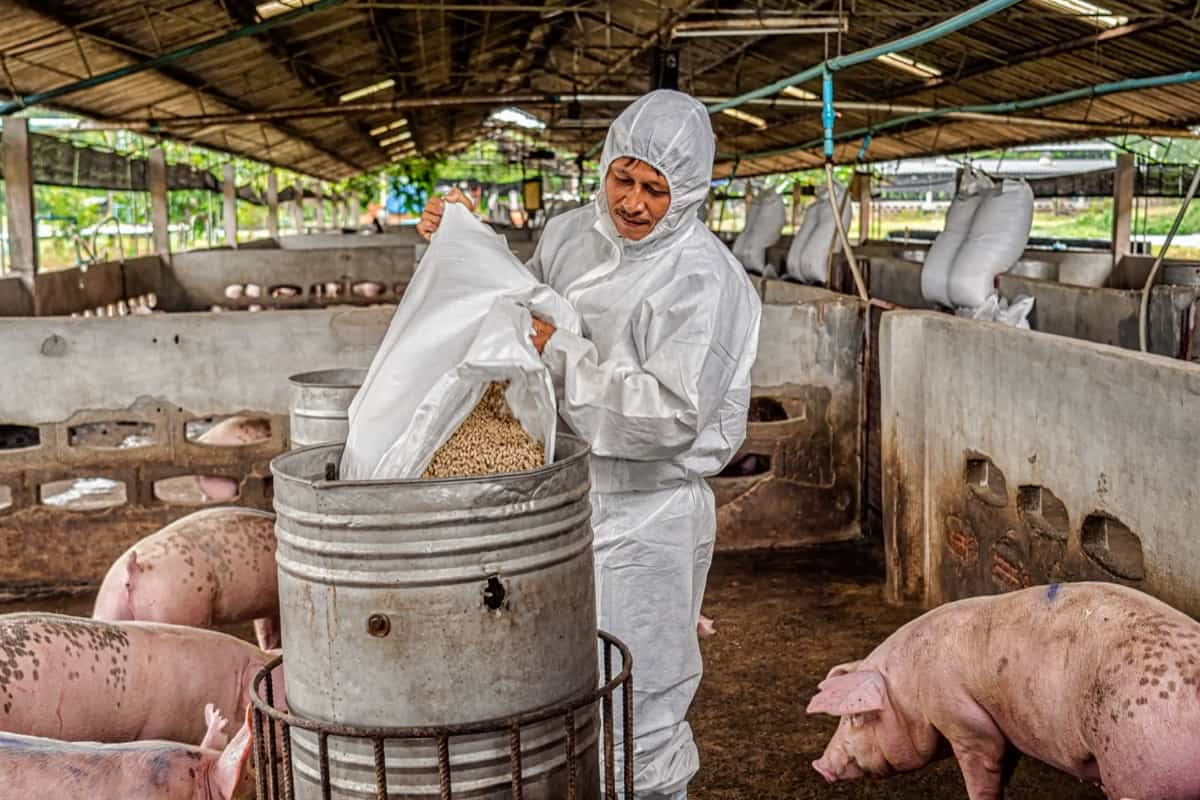
Select the right location for your pig farming in Mexico
If you are considering starting a pig farming business in Mexico, it is important to consider the location first. Soil quality is probably the most crucial factor when choosing a pig farm site. You’ll also want to ensure plenty of room for your pigs to roam and root around. If the soil is too rocky or hard, your pigs will struggle to get their food and water onto their plates, leading to poor health and even death. Climate also plays a significant role in selecting a pig farm site. If the weather is too cold or hot, your pigs will suffer from overheating or dehydration, respectively.
Tips on raising a pig in Mexico
- To raise pigs successfully in Mexico, you must have a good pen and plenty of space. It would help if you also had lots of clean water and a good food supply.
- Pigs need lots of things to live happy and healthy lives: fresh air, mud wallows for washing, plenty of hay or straw to sleep on, and enough room to exercise.
- Today, Mexico is one of the leading producers of pigs in the world. The country has abundant land, water, and resources, making pig farming a viable option.
Pig production methods in Mexico
- Extensive pig farming is the most common type in Mexico. It involves raising hogs on large feedlots where they are fed commercial feed and bred for meat production. This system is popular because it’s efficient and produces high-quality pork products.
- Intensive pig farming is a newer type of pig farming growing in popularity in Mexico. It’s a variation of traditional extensive hog production where pigs are confined to small pens or sheds instead of being raised on large feedlots. Intensive pork production is beneficial because it allows farmers to produce more pigs per acre than traditional hog production methods, which results in higher-quality pork products.
- Mixed systems are a hybrid between extensive and intensive hog production methods. They involve raising hogs on large feedlots combined with small pens or sheds where pigs are confined for part of the day.
Is pig farming profitable in Mexico?
In Mexico, pig farming is an important part of the agricultural industry. The country has over 120 million people, meaning a large pork market exists. In addition, Mexico has a long history of pig farming, which makes it an experienced and successful industry. Pig farming in Mexico is profitable because the country has a high demand for pork products.
In case you missed it: Key Rules to Maintain Water Quality in Aquaculture: Parameters, Management, Effects of Water Quality on Fish Growth
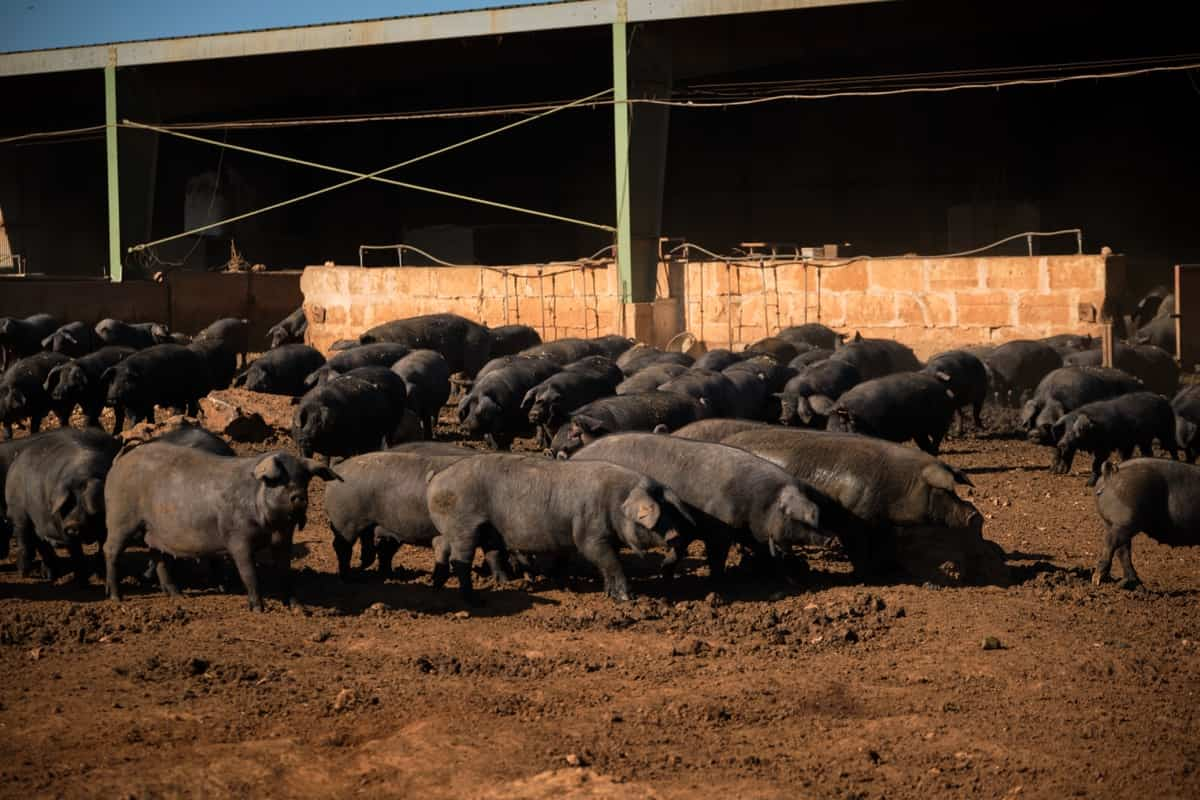
Steps to create a pig farm business plan in Mexico
1. Research the market potential for your product – To estimate the size of the Mexican market for pork, you will need to research consumer trends and preferences. You can also consult with local industry experts or conduct your market survey.
2. Choose a location for your farm – When investing money in equipment or land, choosing an appropriate location is essential. Make sure that the area has access to good water and pastureland, as well as sufficient population density so that you can reach a large number of consumers.
3. Get started with initial pig farming equipment purchases – Once you have chosen a location for your farm, it is time to purchase the necessary pig farming equipment. You will need fencing, feeders, pens, and more. Make sure to factor in the cost of these items when calculating your start-up costs.
4. Resources required for pig farming in Mexico – These include land, water, feed, and equipment. The land is the most important resource for pig farming because it’s necessary for housing and producing crops. You’ll also need water to cool the animals and irrigate the crops and feed to provide the nutrients needed by the pigs.
5. Devise a marketing strategy – Once you have acquired all the necessary equipment, it is time to develop a marketing strategy to reach consumers individually. You can distribute flyers within local communities or target specific markets such as high-end restaurants or institutional buyers.
In case you missed it: 10 Practical Applications of AI in Agriculture: Impacts and Benefits of Crop Health and Yield
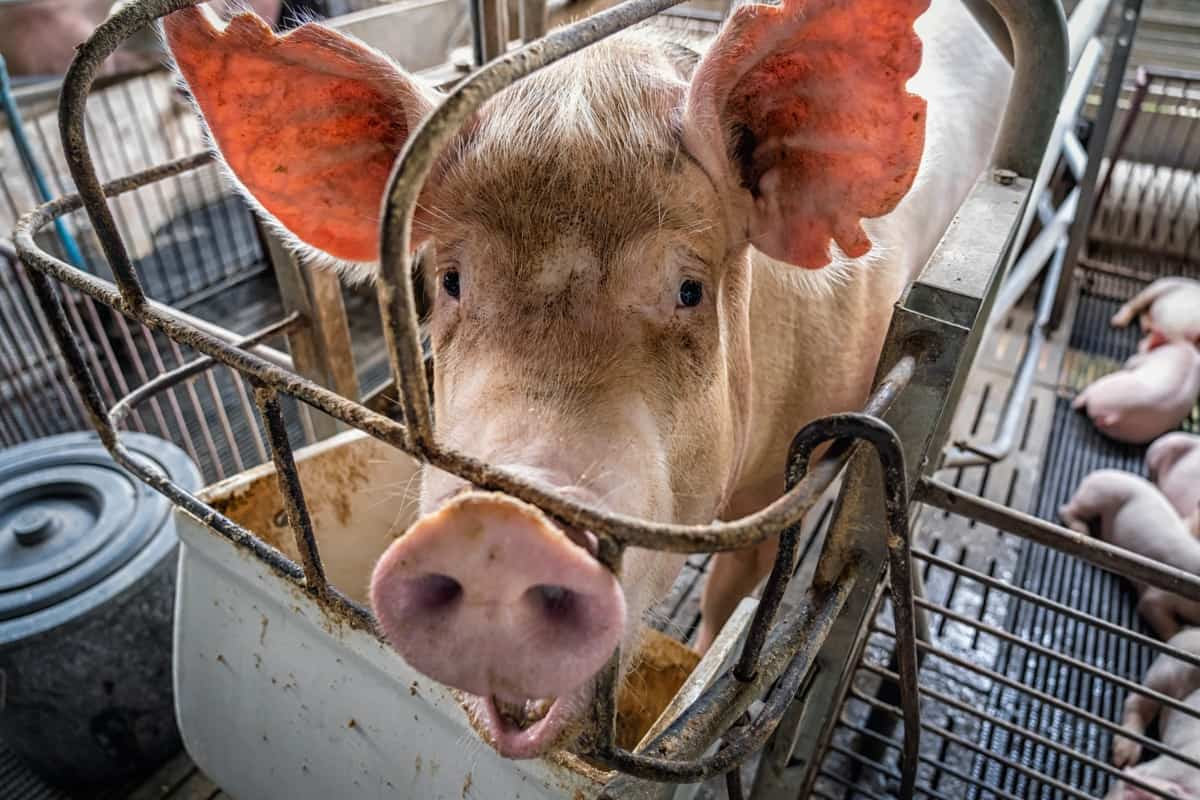
Key rules for starting pig farming in Mexico
To start a pig farm business in Mexico, you must acquire land, build pens, install feeding and watering systems, and purchase pigs. You will also need workers to care for the pigs and manage the farm. In addition, you will need to purchase feed, disinfectants, and other necessary supplies.
Make sure you have the appropriate land and infrastructure in place. Research the best breeds of pigs for your region before selecting them. Set up a good feeding and watering system for your pigs to ensure they get the correct nutrients and water.
Pig farm set-up cost in Mexico
In Mexico, pig farming is a growing industry. This is because the country has enough land to support a large pig population, and the cost of production is lower than in other countries. In addition, pigs are easy to rear, and their meat is high in protein. Starting a pig farm in Mexico is typically between $10,000 and $15,000. However, this can change depending on the size of your farm and the specific requirements of your location
Pig farming loans and subsidies in Mexico
Mexico is a country rich in agricultural resources and fertile land. This has led to the development of pig farming as an important industry in the country. Pig farming has become particularly popular in recent years, as the industry is a reliable source of income. Pig farming in Mexico is a significant industry, and loans and subsidies support it. Loans can be from the government or private lenders. In addition, the government provides subsidies for feed, medicines, and other expenses related to pig farming.
Care and management of pig farm in Mexico
Pigs in Mexican farms are typically raised in pens that have space for up to 100 animals. The pens are usually surrounded by fencing that is designed to keep the pigs safe from predators and other animals that may be harmful to them. In addition, the pigs’ food and water supply are usually provided by a central feeder station, so the pigs don’t have to wander around looking for food or water.
In case you missed it: Key Rules to Improve Feed Conversion Ratio (FCR) in Pigs: For Better Profits in Pig Farming
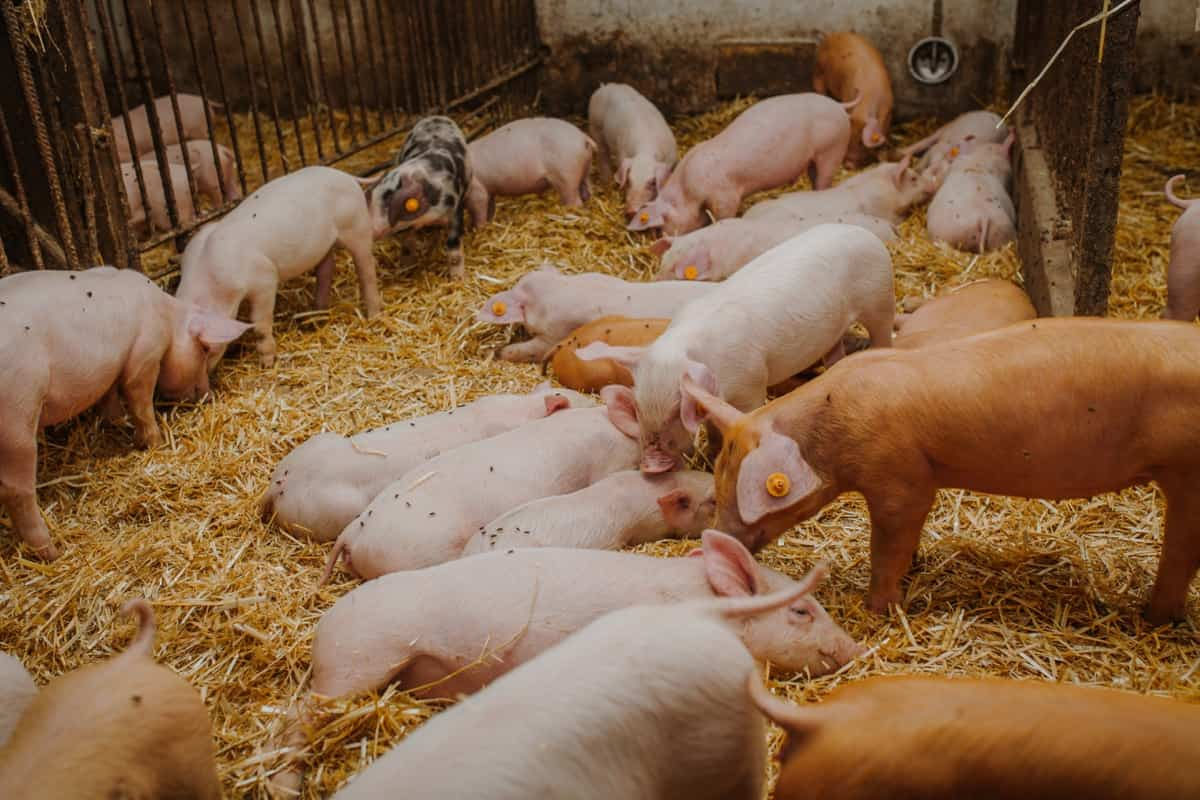
Pigs in Mexican farms are typically kept indoors except during the winter when they are allowed to go outside to graze on grassy areas. Pig farmers in Mexico use various methods to control the population of their pigs, including birth control pills and abortion procedures.
Feeding practices in Mexican pig farms
- These are similar to those used in Europe, where most pigs are raised. Pig farmers there feed their animals a diet that includes hay, straw, corn, potatoes, vegetables, and legumes.
- Pig farming in Mexico typically involves raising domesticated pigs for meat production. Pigs are typically housed in barns or sheds and are fed a mixture of corn, soybeans, and other plants. Pigs are slaughtered at around six months old, and their meat is used to produce various pork products such as bacon, ham, sausage, and chorizo.
- The pig farming industry in Mexico is stable and profitable, with market demand forecast to grow over the next few years. This is due to growing interest in sustainable foods and increased concern about the environmental impact of livestock production.
- Feeding pigs cheap in Mexico starts with finding an informed source for feed. Many farm shops and pet stores across the country sell hay, corn, and other types of feed for pigs. It is important to haggle with the seller to get the best price. Many farmers will also allow pigs to free-range during the day to forage for food. To keep costs down, purchasing piglets from local farmers is also advisable rather than from a breeder or pet store.
The challenges of pig farming in Mexico
- One of the biggest risks is disease. While Mexico has a good reputation for being resistant to many diseases, there are still diseases that can spread quickly in confined environments such as pig farms.
- Another challenge is water availability. Pig farmers in Mexico rely heavily on freshwater sources to irrigate their crops and drink, making it challenging to sustain water usage. Overusing freshwater resources has already led to several cases of groundwater depletion in Mexican states that produce pork.
- To overcome these challenges, the Mexican government has implemented several initiatives to promote sustainable pig farming practices over the past few years. These include funding for research into new methods of production that reduce environmental impact and promote better animal welfare, as well as subsidies for producers who adopt sustainable practices.
In case you missed it: 17 Key Rules for Effective Piggery Management: From Planning to Reduce Production Cost
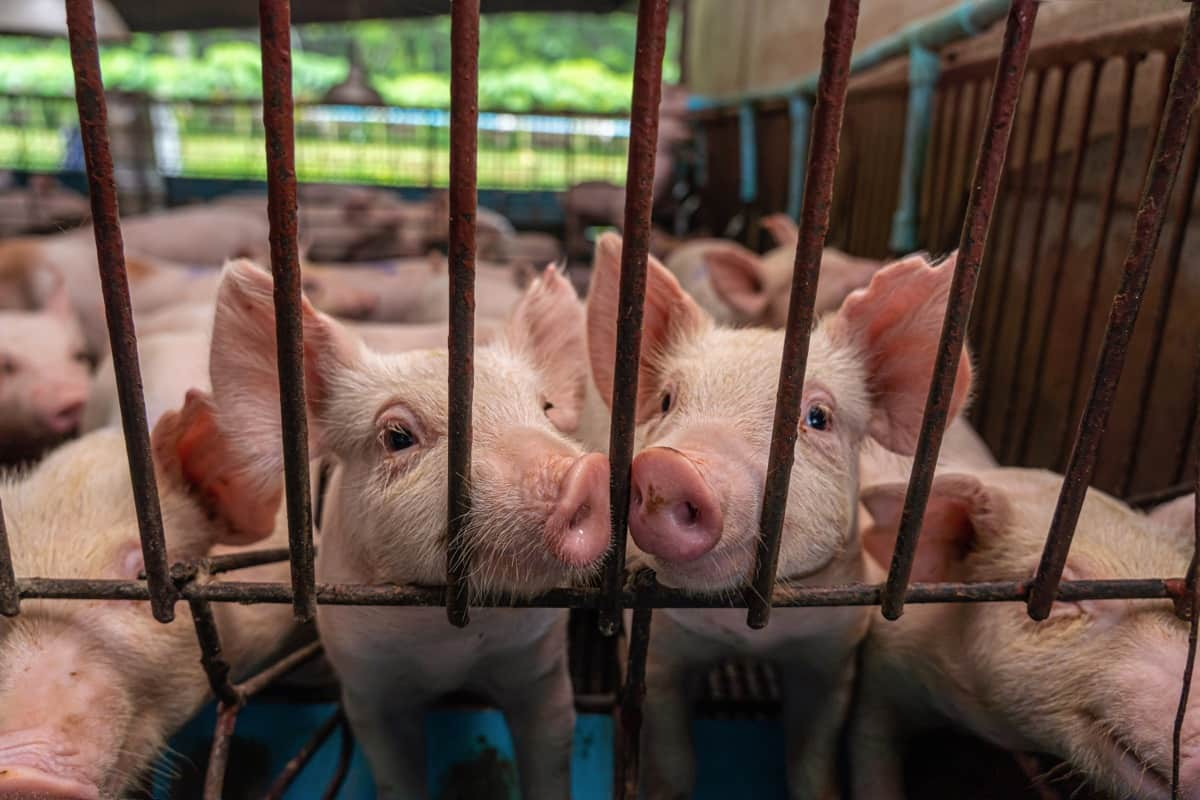
Conclusion
Pig farming spread throughout Mexico and became important to the country’s economy. It became one of the most important sources of meat in Mexico. Pig farming in Mexico had a positive tendency, so there was a lot of investment and the number of new producers increased yearly. In addition, Mexico’s expanding middle class is increasingly looking for healthier and more sustainable options regarding food consumption, which could further boost demand for pork products.
- Types of Pesticides Used in Agriculture: A Beginner’s Guide
- Economical Aquaculture: A Guide to Low-Budget Fish Farming
- 15 Common Planting Errors That Can Doom Your Fruit Trees
- How to Make Houseplants Bushy: Effective Tips and Ideas
- Innovative Strategies for Boosting Coconut Pollination and Yield
- Pollination Strategies for Maximum Pumpkin Yield
- The Complete Guide to Chicken Fattening: Strategies for Maximum Growth
- Natural Solutions for Tulip Problems: 100% Effective Remedies for Leaf and Bulb-Related Issues
- Revolutionizing Citrus Preservation: Towards a Healthier, Greener Future
- Natural Solutions for Peony Leaf and Flower Problems: 100% Effective Remedies
- Maximizing Profits with Avocado Contract Farming in India: A Comprehensive Guide
- Natural Solutions for Hydrangea Problems: 100% Effective Remedies for Leaf and Flowers
- The Ultimate Guide to Choosing the Perfect Foliage Friend: Bringing Life Indoors
- From Sunlight to Sustainability: 15 Ways to Use Solar Technology in Agriculture
- The Ultimate Guide to Dong Tao Chicken: Exploring from History to Raising
- The Eco-Friendly Makeover: How to Convert Your Unused Swimming Pool into a Fish Pond
- Mastering the Art of Delaware Chicken Farming: Essentials for Healthy Backyard Flocks
- 20 Best Homemade Fertilizers for Money Plant: DIY Recipes and Application Methods
- How to Craft a Comprehensive Free-Range Chicken Farming Business Plan
- Brighten Your Flock: Raising Easter Egger Chickens for Beauty and Bounty
- How to Optimize Your Poultry Egg Farm Business Plan with These Strategies
- Subsidy for Spirulina Cultivation: How Indian Government Schemes Encouraging Spirulina Farmers
- Ultimate Guide to Raising Dominique Chickens: Breeding, Feeding, Egg-Production, and Care
- Mastering the Art of Raising Jersey Giant Chickens: Care, Feeding, and More
- Ultimate Guide to Raising Legbar Chickens: Breeding, Farming Practices, Diet, Egg-Production
- How to Raise Welsummer Chickens: A Comprehensive Guide for Beginners
- How to Protect Indoor Plants in Winter: A Comprehensive Guide
- Ultimate Guide to Grow Bag Gardening: Tips, Tricks, and Planting Ideas for Urban Gardeners
- Guide to Lotus Cultivation: How to Propagate, Plant, Grow, Care, Cost, and Profit
- Agriculture Drone Subsidy Scheme: Government Kisan Subsidy, License, and How to Apply Online
- Ultimate Guide to Raising Araucana Chickens: Breed Profile, Farming Economics, Diet, and Care
- Bringing Hydroponics to Classroom: Importance, Benefits of Learning for School Students
- Ultimate Guide to Raising Polish Chickens: Breed Profile, Farming Economics, Diet, and Care
- Ultimate Guide to Raising Australorp Chickens: Profile, Farming Economics, Egg Production, Diet, and Care
- Silkie Chicken Farming: Raising Practices, Varieties, Egg Production, Diet, and Care
- Sussex Chicken Farming: Raising Practices, Varieties, Egg Production, Diet and Care